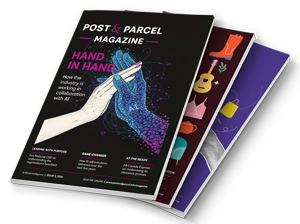
RFID adoption held up by vicious circle
Demand for passive radio frequency identification (RFID) labels, particularly UHF labels, is being stymied by a vicious circle of high unit costs that can only be reduced if production volumes increase.
According to a new study from ABI Research, the reason these core components of RFID tags have failed to achieve their expected potential is the relationship between prices, volumes and the business case for RFID.
In a classic vicious circle, production costs for UHF labels are still at levels tending to inhibit the high-volume deployments that would provide economies of scale.
“At current prices, many end-user companies in the retail supply chain struggle to determine a compelling business case for RFID,” said ABI Research analyst Robert Foppiani.
“Those companies that have high value, high risk goods are often able to find a business case to justify the investment in RFID passive labels at current prices.
“But many members of the value chain are operating on thin margins, and most are unwilling to drop prices any further until there is much greater volume.”
Foppiani added that label vendors are trying a variety of tactics to “wring every last cent” out of the cost of their products.
ABI Research’s report noted that a number of EPC Gen 2 RFID vendors are engaged in “loss-leader” activities, offering labels at unsustainable prices in an effort to gain market share.
“Eventually, some will drop out of the running or will find niche markets where their products can find a role. ABI Research believes that cost reduction tactics will not have a short-term effect on market volumes,” the study stated.
“The substantial price cuts seen in the past year were necessary to attract end users complying with mandates.
“Future vendor attempts at lowering production costs will make more sense as higher volumes are reached. Users will proceed cautiously case-by-case and volumes will rise slowly and steadily rather than dramatically.”












